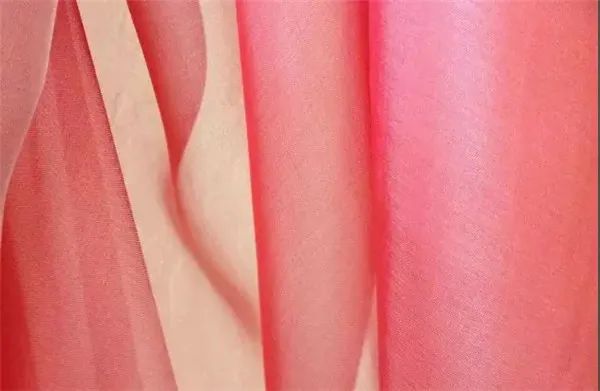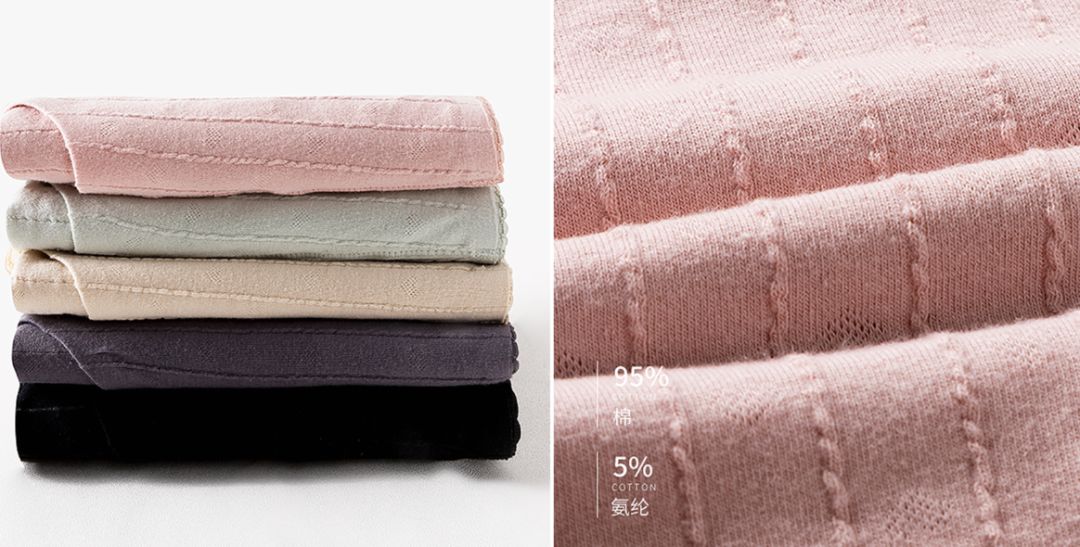After printing and washing, the reaction between dyestuff and fiber is basically completed, however, the color difference will still occur during post-finishing. Therefore, it is necessary to analyze some common color changes caused by finishing in order to effectively control color differences.

1Acid
When finishing the finished product, the pH of the cloth should be adjusted to weak acid to neutral, commonly used are citric acid, formic acid and acetic acid. The addition of acidic substances will have a certain effect on the dye, and improper control will also cause color difference.
Citric acid is a ternary carboxylic acid, and also has chelating effect, which is more obvious to change the color and light of some reactive dyes containing metal ions. At the same time, citric acid also has a reducing effect under light conditions, which can also have a destructive effect on the chromophore of dyes.
Formic acid contains aldehyde groups, which are reductive and can also damage the chromophores of dyestuffs under certain conditions, leading to chromatic aberrations.
Compared with citric acid and formic acid, acetic acid does not have a significant effect on the color light. It is recommended to adjust the pH value of the cloth with acetic acid. In the process of use, it is necessary to pay attention to the volatility of acetic acid and the odor of the cloth surface.
2 Color change caused by color fixing agent
Commonly used color fixing agent more or less will cause the printing fabric color change, especially incomplete reaction of dicyandiamide in color fixing agent, in a certain pH and high temperature conditions, will make some azo dyes produce obvious color change. Different types of fixative, dyestuff and process conditions, the resulting color change is different. In actual production, after testing and large production verification, to find out the effective measures to control color change, to avoid color difference.
3 A wake caused by some dark blue, navy blue dye color change
Resin finishing, some auxiliaries released formaldehyde, and H acid double azo group of dark blue, navy blue dyes chemical combination, so that the color body changes. For example, C.I. reactive black 5 and formaldehyde discoloration reaction process as follows.

Some dark blue or black varieties after resin finishing, the color light is obviously red, the reason lies in this. When operating, try to control the temperature of drying and baking. If possible, resin finishing patterns should avoid using such dyes for color blocking printing, if not avoid, processing to strictly control the fabric moisture, pH, baking temperature and time, to ensure that the color change Chengdu consistent. When printing color matching, color sample resin finishing in comparison with the standard sample, the color of the finished product to meet the standard shall prevail.
4 Flame retardant finishing in the color change
In the Proban/ammonia fuming flame retardant process, the fabric has to go through the process of dipping and rolling the flame retardant finishing solution, drying, ammonia fuming, oxidation and washing. The flame retardant finishing solution has strong reducibility, and it is easy to destroy the molecular structure of some azo dyes when drying; in the oxidation process, some fuels have limited tolerance, and the same color change will occur; the formaldehyde release of flame retardants is more serious, and there is also the problem of formaldehyde discoloration. As the dyestuff will produce complex transformation in the whole flame retardant process, the fluctuation of process conditions can easily cause color difference. Therefore, for the fabrics that need flame retardant finishing, the dyes used for printing should be strictly screened to avoid some sensitive dyes spinning colors, such as reactive blue 194, reactive black 5, etc. At the same time, each link of flame retardant should strictly control the process conditions to prevent color difference due to unstable process conditions. Special attention needs to be paid to the moisture content of the dried drop cloth after dipping and rolling the flame retardant, and the different moisture content of the fabric has a particularly obvious effect on the color and light.
Contact: Jeanne yang(MISS)
Phone: 13912652341
E-mail: [email protected]
Add: Room A2216/A2217,Double-Star Building,No 567 New South Middle Road, KunShan City JiangSu Province ,China.